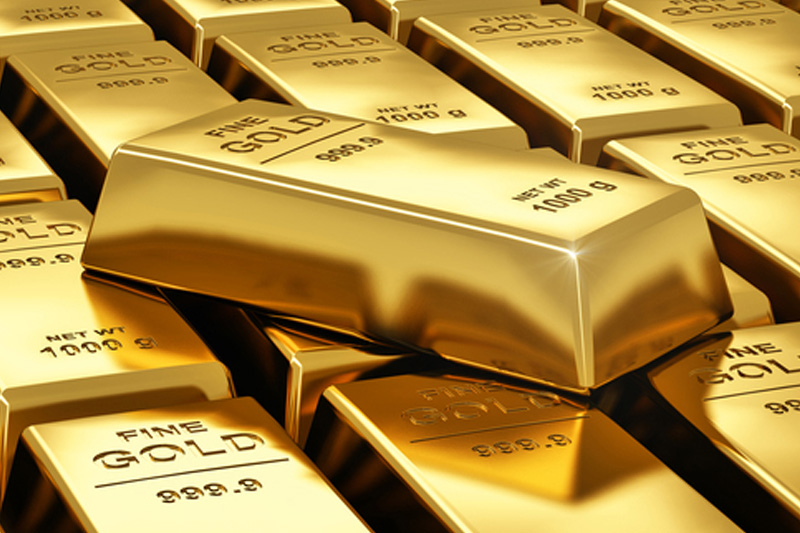By Barani Krishnan
Investing.com -- A spike in U.S. Treasury yields sent gold prices skidding on Friday, although the yellow metal held on to a weekly gain of more than 1% on the back of geopolitical tensions fed by the war in Ukraine and inflation concerns that had Americans more worried than during the 1980s and 2008 recessions.
The most-active gold futures contract on New York’s Comex, April, settled the day’s trade down $8, or 0.4%, at $1,954.20 an ounce. For the week, the benchmark gold futures contract was up $24.90, or 1.3%.
Friday’s slide in gold came as the 10-year U.S. Treasury note rose by 4.8%, adding to Thursday’s 3.5% gain and pressuring bullion which is non-yielding. After a tumble last week on the Fed’s modest first pandemic-era rate hike of 25 basis points, yields have started climbing again as central bank officials suggest more aggressive hikes of 50 basis points in the future to contain inflation at 40-year highs.
Gold typically thrives in an environment of heightened political and economic fear, and the war in Ukraine and runaway U.S. price pressures had fed both of these.
Craig Erlam, analyst at online trading platform OANDA, posited that gold will likely continue being “well supported against the backdrop of sky-high inflation and immense uncertainty."
“That doesn't necessarily mean we're heading for record highs, which we currently sit a little more than 5% below,” Erlam said, referring to Comex’s all-time highs of $2,121 for gold. “But, as is the case more broadly right now, the main catalyst continues to be the constant flow of headlines which will continue to determine the path of travel for the yellow metal.”
U.S. gross domestic product, or GDP, grew 5.7% last year, expanding at its fastest since 1984. But inflation, as measured by the Consumer Price Index, or CPI, grew at an even faster rate, expanding by 7% in 2021, its most since 1981.
The CPI has continued to expand aggressively since the start of 2022, reaching a year-on-year growth of 7.9% in February versus a GDP growth of 2.8% forecast for all of the year by the Federal Reserve. The central bank’s tolerance for inflation is a mere 2% per year and it vowed to slow price pressures with a series of rate hikes through next year.
Americans are more worried about inflation now than they were during the worst two US recessions in the 1980s and 2008, the University of Michigan said Friday in its closely-followed Consumer Sentiment Survey.
“With an expected year-ahead inflation rate at 5.4%, the highest since November 1981, inflation was mentioned throughout the survey, whether the questions referred to personal finances, prospects for the economy, or assessments of buying conditions,” Richard Curtin, chief economist for UMich’s Surveys of Consumers, said in a statement.
Umich’s Consumer Sentiment Index, updated every two weeks, remained at August 2011 lows, while people’s worries about inflation appeared to grow more dire in a nation where consumer spending makes up 70% of the economy, Curtin said.
“When asked to explain changes in their finances in their own words, more consumers mentioned reduced living standards due to rising inflation than any other time except during the two worst recessions in the past fifty years: from March 1979 to April 1981, and from May to October 2008,” Curtin added.
